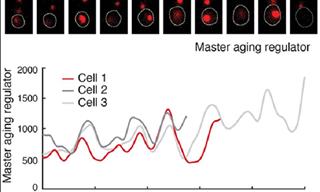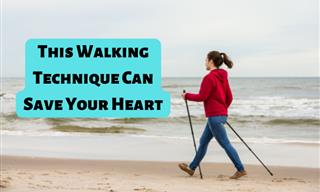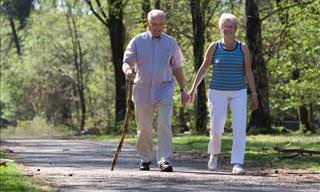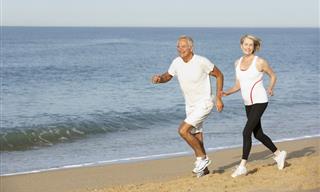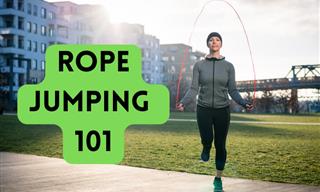Walking 10,000 steps a day has become a popular fitness goal among fitness enthusiasts. Research has shown in the past that the more steps you take, the better it is for your health. However, merely completing 10,000 steps a day might not be enough. According to a recent study published in the journal JAMA Internal Medicine, the speed at which you walk helps amplify the results. Walking at a faster pace, like a power walk, can provide more health benefits compared to the number of steps, says the new study.
The researchers from the University of Sydney, Australia, and the University of Southern Denmark analyzed 78,500 adults with wearable trackers. The researchers discovered an association between 10,000 daily steps and a decreased risk of dementia, heart disease, cancer, and death.
Also Read: The BEST Walking Routine For Seniors
10,000 steps vs. power walking
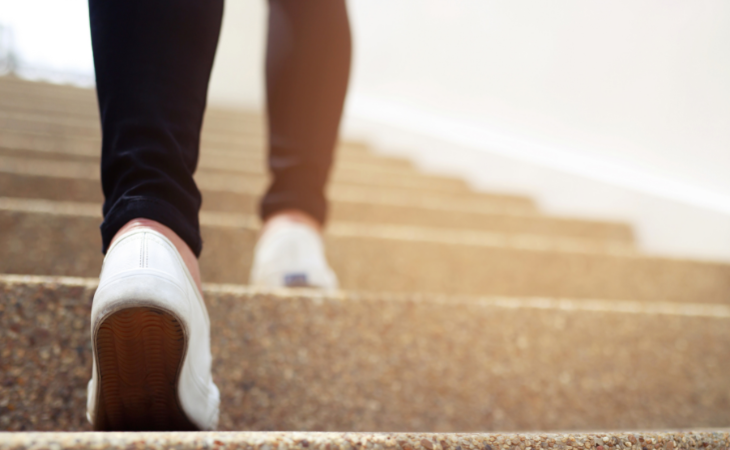
The participants were asked to wear wrist accelerometers to track their physical activity for seven days. This included a weekend day and monitoring during sleep.
The study’s lead co-author, Dr. Matthew Ahmadi, a research fellow at the Charles Perkins Centre and Faculty of Medicine and Health at the University of Sydney says that people shouldn’t just focus on walking 10,000 steps a day but aim to walk faster too.
The study’s findings suggest that for every 2,000 steps taken, a person lowers their risk of all-cause death by 8-11%. Similar relationships were observed for the incidence of cancer and cardiovascular disease. It also notes that “for less active individuals, as low as 3,800 steps a day can cut the risk of dementia by 25 percent.” Walking 9,800 steps a day was said to be the optimal daily amount linked to a 50 percent lower risk of dementia.
The researchers stress that stepping intensity or a faster speed revealed positive links for all outcomes like dementia, heart disease, cancer, and mortality over and above total daily steps.
How does power-walking help?
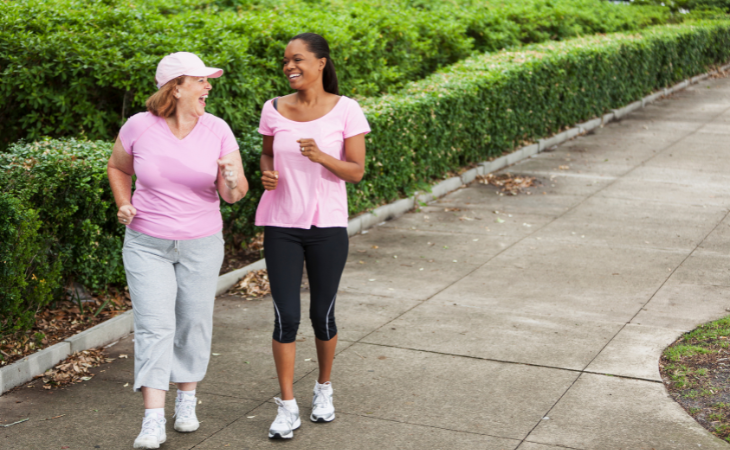
As mentioned earlier, the researchers found that power walking can be highly beneficial.
Prof. Emmanuel Stamatakis, the senior author and professor at the University of Sydney, points out that those who can’t fit 10,000 steps into their daily routine should try 1–2-minute-long bursts of fast-paced walking during any walk from point A to B. Repeated a few times daily, such short bursts can improve fitness and lower the risk of the long-term health outcomes, he says.
Furthermore, research has shown that power walking helps reduce your risk for high blood pressure, high cholesterol, and diabetes. The National Cancer Institute states that regular power walking can lower your risk for several cancers. Studies have also found that power walking prevents disability in people with joint issues in their lower extremities.
People with time constraints should try including power walking in their daily routine. That being said, it is only recommended to start power walking after speaking to a doctor. Make sure that you do it the right way and avoid overexertion.
Also Read: 10 Creative Ways to Sneak More Walking Into Your Day
The bottom line
It is worth noting that the study is observational, and therefore, the researchers cannot establish direct cause and effect. Another limitation of this trial is that the number of participants for each age group isn’t mentioned. “It is a limitation shared by many epidemiological studies. However, based on our hypothesis, previous research linking physical activity with health outcomes, and our causal inference approach taken, we can generate fairly strong hypotheses that steps are associated with health outcomes, including CVD and cancer,” says co-lead author Professor Borja del Pozo Cruz.
More research with the help of trackers on a wider age group will provide more comprehensive information on the benefits associated with brisk walking, as compared to taking 10,000 steps daily.
Share this post with your friends and family
 Go to BabaMail
Go to BabaMail
















